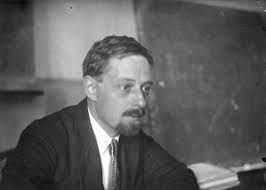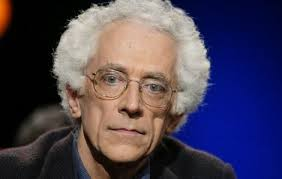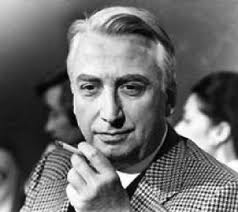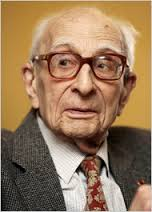 Propp - He started analysing over 100 Russian fairytales in the 1920's. He proposed that it was possible to classify characters and their actions into clearly defined roles and functions. Films like 'Star Wars' fit this theory perfectly, but many more recent films do not. This model is thought of as useful, but highlights the similarities between stories that are actually quite different. Propp used 8 different character roles in his theory: the hero, the villain, the donor, the dispatcher, the false hero, the helper, the princess and her father.
Propp - He started analysing over 100 Russian fairytales in the 1920's. He proposed that it was possible to classify characters and their actions into clearly defined roles and functions. Films like 'Star Wars' fit this theory perfectly, but many more recent films do not. This model is thought of as useful, but highlights the similarities between stories that are actually quite different. Propp used 8 different character roles in his theory: the hero, the villain, the donor, the dispatcher, the false hero, the helper, the princess and her father. Todorov - Suggests that most narative starts with a state of equilibrium, in which life is normal and protagonists are happy. This equilibrium is then disrupted by an outside force, then this has to be fought against to regain the state of equilibrium. This is easily applied to many films, as a basic storyline. Equilibrium-->Disequilibrium-->New equilibrium
Todorov - Suggests that most narative starts with a state of equilibrium, in which life is normal and protagonists are happy. This equilibrium is then disrupted by an outside force, then this has to be fought against to regain the state of equilibrium. This is easily applied to many films, as a basic storyline. Equilibrium-->Disequilibrium-->New equilibrium Barthes - Suggested that narrative worked with 5 different codes, which activate the viewer/ reader to make sense of it. He also used denotation and connotation to analyse images. The 5 codes are: Action (shoot outs etc.), Enigma (riddle or puzzle), Symbolic (connotation), Semic (denotation) and Cultural (gangster/mafia etc.).
Barthes - Suggested that narrative worked with 5 different codes, which activate the viewer/ reader to make sense of it. He also used denotation and connotation to analyse images. The 5 codes are: Action (shoot outs etc.), Enigma (riddle or puzzle), Symbolic (connotation), Semic (denotation) and Cultural (gangster/mafia etc.).
 Levi-Strauss - Examined how stories unconsciosly reflect the values, myths and beliefs of aculture.These are expressed in 'binary opposition'. This is a conflict between opposites. A few examples are: weak vs. strong, male vs. female, good vs. evil, man vs. machine etc.
Levi-Strauss - Examined how stories unconsciosly reflect the values, myths and beliefs of aculture.These are expressed in 'binary opposition'. This is a conflict between opposites. A few examples are: weak vs. strong, male vs. female, good vs. evil, man vs. machine etc.
I think Barthes theory would best suit out film, as it suits the code to do with symbolism, symbolism of loneliness etc. Todorovs would be the least relevent to our film, because there is no equilibrium at the start of the movie.
No comments:
Post a Comment